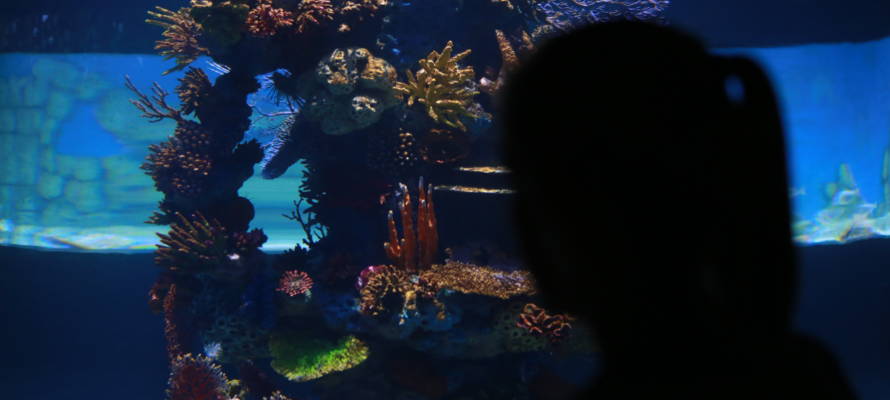Excitement builds as Jerusalem’s Biblical Zoo gears up to open Israel’s first aquarium.
The city is approximately 850 meters above sea level, with no natural bodies of water in the area. But, according to Shai Doron, CEO of the capital’s Tisch Family Zoological Gardens, none of those factors deterred Israel’s capital from working toward opening the nation’s first aquarium. As a a major contributor to the national biodiversity plan and the home of the world-class Biblical Zoo, Jerusalem was by far the most logical place for the marine center.
“We have a lot of credit with the National Parks Authority, and with the public,” Doron told reporters during an advance tour of the site, located on the grounds of the zoo (commonly known as the Biblical Zoo due to its focus on wildlife native to the land of Israel that is mentioned in the Torah). “We’ve done projects to study the Sea of Galilee, as well as the Dead Sea. So we’ve got a lot of background to run it.”
The aquarium, known officially as the Gottesman Family Israel Aquarium, is the result of a NIS 100 million initiative funded in partnership with the Ruth L. and David S. Gottesman Family Fund of New York, the Ministry of Tourism, the City of Jerusalem, Jewish National Fund and several private donors. The building, a shining 6,500 square meter structure on the grounds of the zoo, will house 30 tanks and half a million gallons of seawater with advanced maintenance systems to ensure appropriate habitats for aquatic creatures. It is due to open by the end of July.
The exhibition will feature a variety of marine life including various species of shark, coral, turtles and of course fish.
In addition, the aquarium will build on the zoo’s breeding and conservation work, including the existing Wet Side Story exhibit which highlights local species such as the Dead Sea tooth carp, the Galilee blind shrimp, the Yarkon bleak, the Druse bleak, Lissner’s bleak, and Dor’s loach, as well as some North American species including the Barrens topminnow, the goldbreasted splitfin, and the butterfly goodeid.
Aquarium officials say they must manufacture saltwater with the “correct” composition in order to ensure the health of the fish, and added that the venue will employ a variety of state-of-the-art sustainability measures, including water recycling, and a green roof covered with vegetation to absorb rainwater and provide insulation. There will also be a wetlands pond at the aquarium entrance that will act as a water filtration system for the facility.
“You can’t take seawater from the sea of Tel Aviv,” he said. “It’s not good enough for our needs.”
“You can’t take shortcuts with fish, we have to make them comfortable in their new environment,” Doron said.
By: Andrew Friedman/TPS
